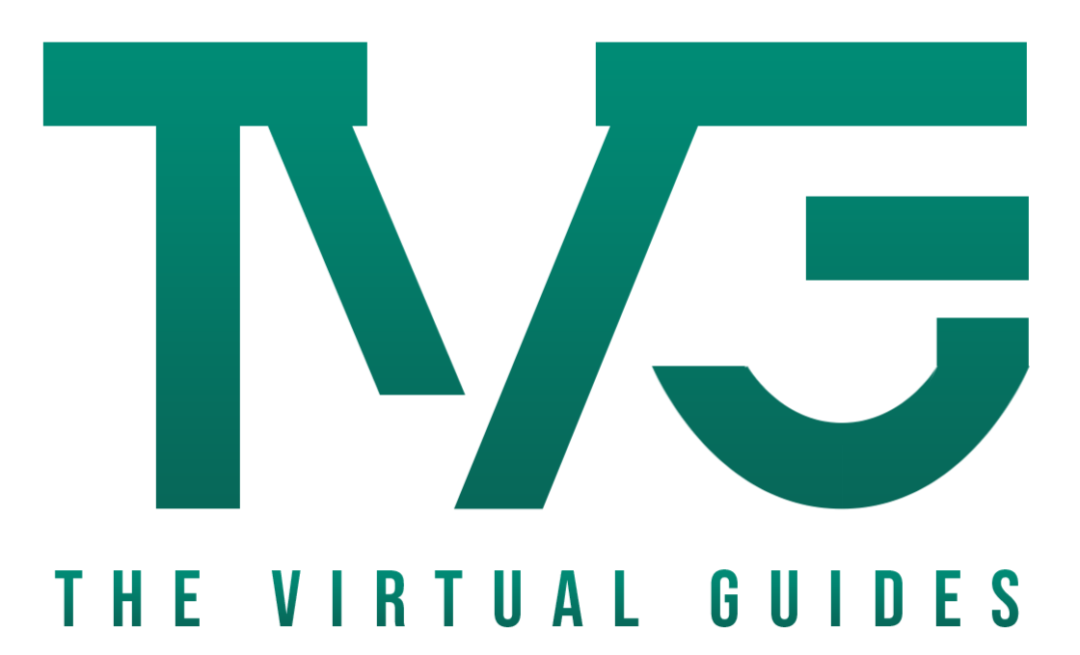Introduction
In the modern digital world, having a website entails more than simply having an online presence; it also involves creating a visually appealing and search engine optimized website. Achieving top search engine results and offering a first-rate user experience require the integration of SEO (Search Engine Optimization) and Website Design Services in Canada. You may build a website that draws visitors and turns them into devoted clients by skillfully fusing these two components. This post will discuss the dynamic interplay between SEO and web design and how to use them both to create a website that really pops.
Understanding SEO
SEO, or Search Engine Optimization, is the practice of optimizing your website to increase its visibility on search engines like Google. The primary goal is to attract more organic (non-paid) traffic to your site. SEO involves various components, including keyword research, on-page optimization, content creation, and link building. By understanding and implementing these elements, you can improve your site’s search engine rankings and attract more visitors.
Understanding Web Design
Web design is the art and science of creating an aesthetically pleasing and functional website. It involves the strategic arrangement of elements like layout, color schemes, fonts, and graphics to ensure a site not only looks appealing but also provides a seamless user experience. Effective web design focuses on usability and user interface (UI) design, making it easy for visitors to navigate the site and find the information they need quickly. Additionally, responsive design is crucial, ensuring that the website adapts smoothly to various devices and screen sizes. A well-designed website not only attracts visitors but also keeps them engaged, reducing bounce rates and enhancing overall site performance. By integrating SEO principles into the design process, you can create a site that is both visually captivating and optimized for search engines, ultimately driving more organic traffic and improving your online presence.
The Intersection of SEO and Web Design
SEO and web design are like two sides of the same coin. SEO can influence the design process by dictating how content is structured and presented. Conversely, web design can impact SEO by affecting factors like page load speed and mobile responsiveness. For instance, a well-designed site that’s easy to navigate and loads quickly will likely rank higher on search engines. Similarly, SEO principles can guide the design to ensure that it’s not only attractive but also optimized for search engines.
Key Principles of SEO-Friendly Web Design
Mobile Responsiveness: In an era where more people browse the web on their mobile devices than on desktops, having a mobile-responsive design is non-negotiable. Google prioritizes mobile-friendly sites in its rankings, so ensure your site adjusts seamlessly to different screen sizes.
Fast Loading Speeds: Nobody likes a slow website. If your site takes too long to load, visitors will likely leave before they even see your content. Use tools like Google PageSpeed Insights to check your site’s speed and make necessary adjustments to improve it.
User-Friendly Navigation: A well-structured site with intuitive navigation helps visitors find what they’re looking for quickly. This improves user experience and reduces bounce rates, both of which are positive signals to search engines.
Proper Use of Headers and Subheaders: Headers (H1, H2, H3, etc.) not only help structure your content but also play a vital role in SEO. They make your content easier to read and understand for both visitors and search engines.
Content Optimization
Importance of Quality Content: Content is king in the world of SEO. High-quality, informative, and engaging content attracts visitors and encourages them to stay on your site longer. This can lead to higher rankings on search engines.
Keyword Integration: Keywords are the terms people use to search for information online. By strategically incorporating relevant keywords into your content, you can improve your site’s visibility on search engines. However, avoid keyword stuffing, as it can hurt your rankings.
Content Structure and Readability: Well-structured content is easier to read and understand. Use short paragraphs, bullet points, and subheadings to break up your content. This not only improves readability but also helps with SEO.
Technical SEO Considerations
URL Structure: A clean, descriptive URL structure helps search engines understand the content of your pages. Use keywords in your URLs, and keep them short and simple.
Sitemaps: A sitemap is a file that lists all the pages on your site, helping search engines crawl and index your content more efficiently. Create and submit a sitemap to search engines like Google.
Robots.txt File: The robots.txt file tells search engines which pages to crawl and which to ignore. Proper use of this file can help ensure that your important pages are indexed.
HTTPS Security: Google gives preference to secure sites, so make sure your site uses HTTPS instead of HTTP. This not only improves your SEO but also builds trust with your visitors.
Visual Elements and SEO
Image Optimization: Images can enhance your content, but they need to be optimized for SEO. Use descriptive file names, alt text, and compress images to improve load times.
Video Integration: Videos can boost engagement and dwell time on your site. Optimize videos by using descriptive titles, tags, and transcripts.
Use of Alt Text: Alt text provides descriptions for images, helping search engines understand their content. This is particularly important for accessibility and SEO.
On-Page SEO Techniques
Meta Tags: Meta tags, including title tags and meta descriptions, are crucial for SEO. They provide a summary of your page’s content and help search engines understand what your page is about.
Internal Linking: Internal links connect different pages on your site, helping visitors and search engines navigate your content. They can also help distribute page authority across your site.
External Linking: Linking to high-quality, relevant external sites can improve your site’s credibility and SEO. It shows that your content is well-researched and authoritative.
Off-Page SEO Strategies
Backlink Building: Backlinks, or inbound links from other websites, are a strong indicator of your site’s authority and relevance. Focus on building high-quality backlinks to improve your SEO.
Social Media Integration: Social media can drive traffic to your site and improve your SEO. Share your content on social media platforms to increase its visibility and engagement.
Influencer Partnerships: Collaborating with influencers can help you reach a larger audience and build credibility. Influencers can share your content with their followers, driving more traffic to your site.
User Experience (UX) and Its SEO Impact
Importance of UX in SEO: User experience (UX) is a critical factor in SEO. A site that’s easy to navigate and provides value to visitors is more likely to rank well on search engines.
Designing for User Engagement: Engage your visitors by creating interactive and engaging content. This can include blog posts, videos, infographics, and more.
Reducing Bounce Rates: A high bounce rate indicates that visitors are leaving your site quickly. Improve user experience by providing valuable content, fast load times, and easy navigation to reduce bounce rates.
Analytics and Monitoring
Tools for Tracking SEO Performance: Use tools like Google Analytics and Google Search Console to track your site’s SEO performance. These tools provide valuable insights into your traffic and help you identify areas for improvement.
Analyzing Web Traffic: Regularly analyze your web traffic to understand how visitors are interacting with your site. Look at metrics like bounce rate, average session duration, and pages per session to gauge user engagement.
Making Data-Driven Adjustments: Use the data from your analytics tools to make informed decisions about your SEO and web design strategies. Continuously optimize your site based on this data to improve performance.
Case Studies
Successful Examples of SEO and Web Design Synergy: Look at examples of websites that have successfully integrated SEO and web design. Analyze what they did right and how you can apply those strategies to your own site.
Lessons Learned from Failed Projects: Learn from websites that failed to integrate SEO and web design effectively. Understanding their mistakes can help you avoid the same pitfalls.
Choosing the Right SEO and Web Design Services
What to Look for in a Service Provider: A provider should have experience, competence, and a track record when selecting an SEO agency in Los Angeles. To assess their competence, ask to see case studies and client endorsements.
Questions to Ask Potential Agencies: Ask potential service providers about their approach to SEO and web design, their process, and how they measure success. Ensure they understand your goals and can tailor their services to meet your needs.
Conclusion
Integrating SEO and web design is essential for creating a website that not only looks good but also ranks well on search engines. By following the principles and strategies outlined in this article, you can build a site that attracts more visitors, engages them effectively, and converts them into customers. Remember, the key to success is continuous optimization and staying updated with the latest trends in SEO and web design.
FAQs
1. How often should I update my website’s SEO?
It’s recommended to review and update your SEO strategies every few months. This ensures that your site remains optimized as search engine algorithms and industry trends evolve.
2. Can good web design improve my search engine rankings?
Yes, a well-designed website can significantly improve your search engine rankings by enhancing user experience, reducing bounce rates, and ensuring mobile responsiveness.
3. What are the most common web design mistakes that hurt SEO?
Common mistakes include slow load times, poor mobile responsiveness, complex navigation, and lack of optimized content. These issues can negatively impact user experience and SEO.

